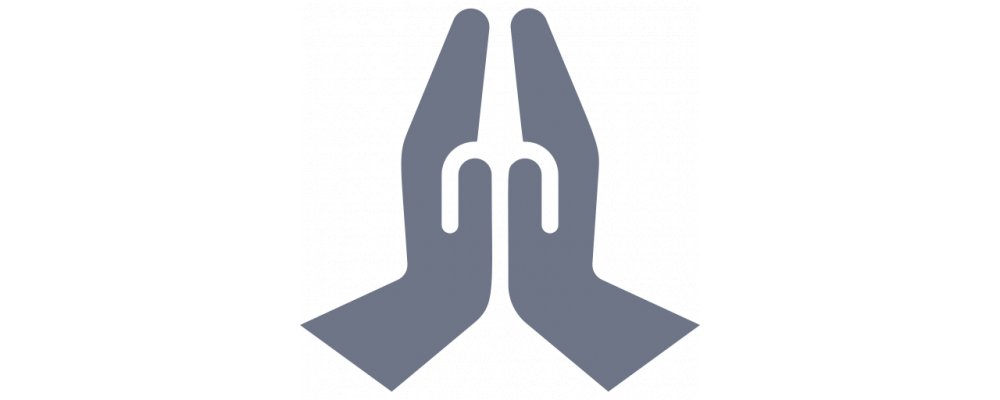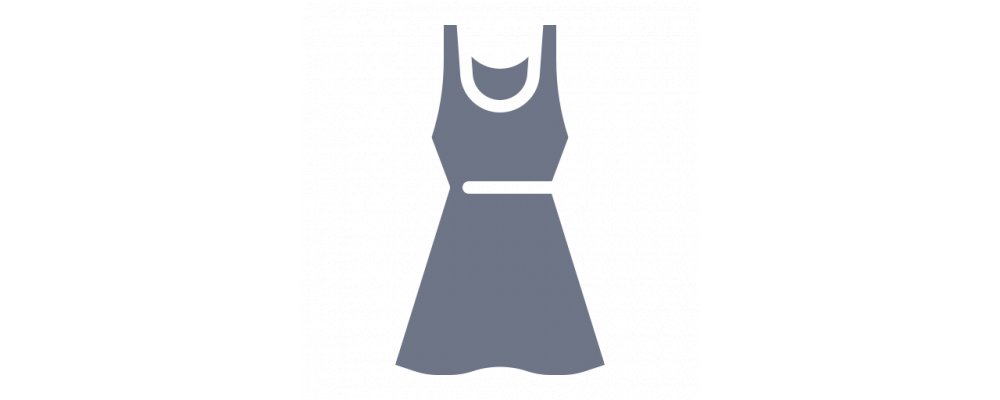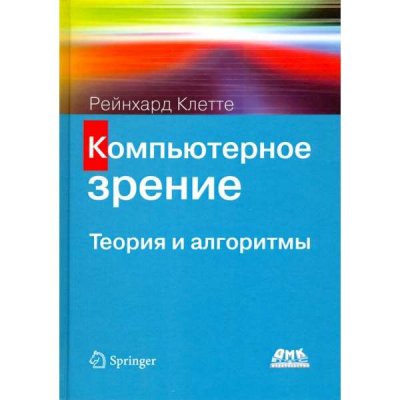Computer vision. Theory and algorithms
In this book you will find an accessible introduction to the basic aspects of computer vision. At the same time, the important role of algorithms and mathematics is emphasized. The material is supplemented with historical references, recommendations for further reading and information about the mathematical concepts under consideration. At the end of each chapter, there are practice-tested exercises and questions for understanding the material, formulated so that the reader can offer various solutions. Topics covered: • introduction to the notation system and the mathematical apparatus necessary to describe images, as well as basic information about the mapping of one image into another; • topological and geometric foundations of the analysis of image sections and the distribution of values in them, as well as finding patterns in images: • introduction to optical flow as a means of representing dense motion, as well as the issues of sparse motion analysis: detection of singular points, determination of descriptors and tracing of features using the Kalman filter; • description of some approaches to image binarization and segmentation of photographs and videos; • three main components of a computer vision system: geometric and photometric characteristics of the camera, coordinate systems and camera calibration; • overview of methods of three-dimensional reconstruction based on computer vision, in particular: structural illumination, stereovision and shape estimation using reflected light analysis; • stereosupposers and a phase-congruent model for constructing image features; • introduction to classification and training methods with a detailed description of the AdaBoost algorithm and random forests.
No reviews found




































